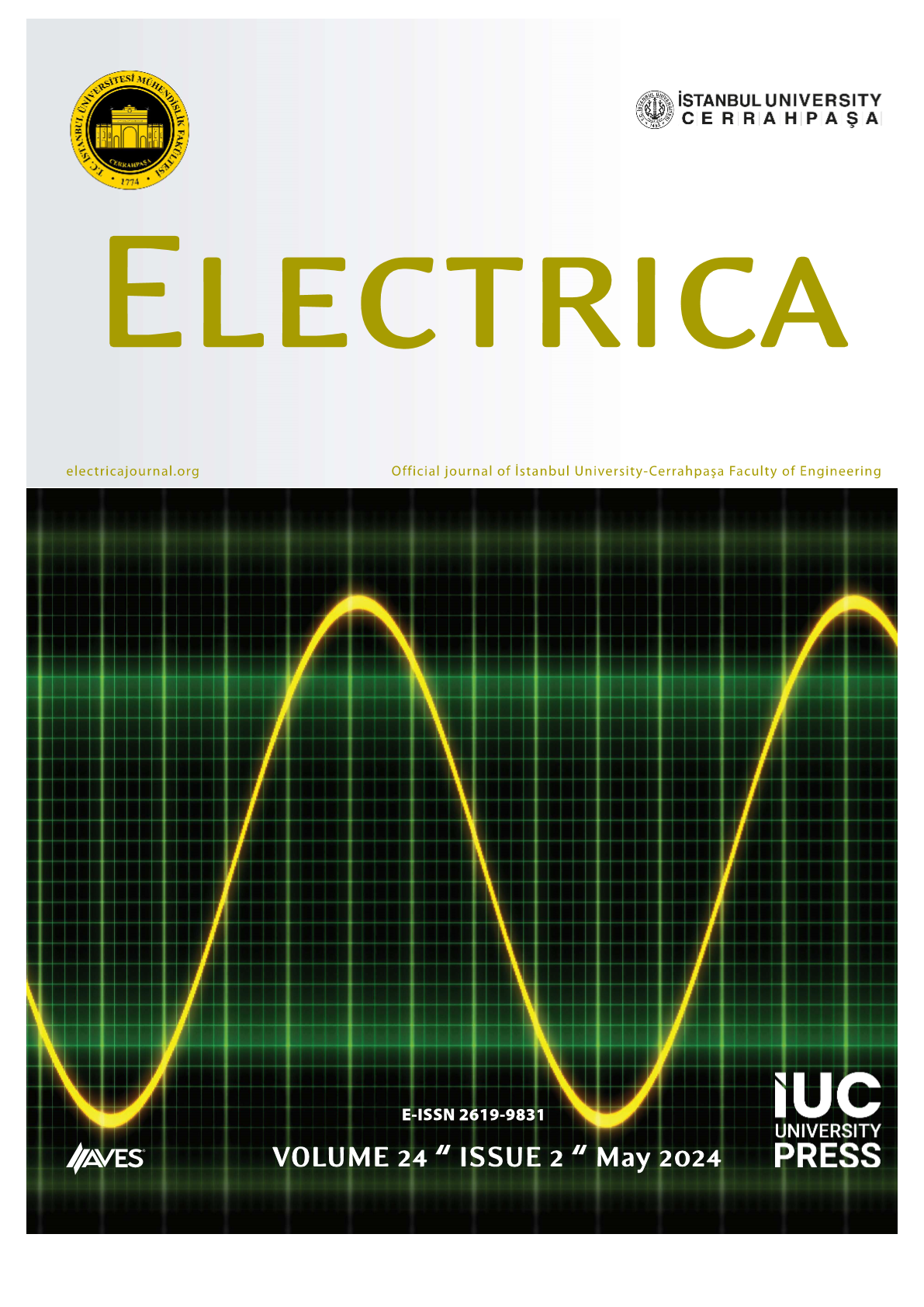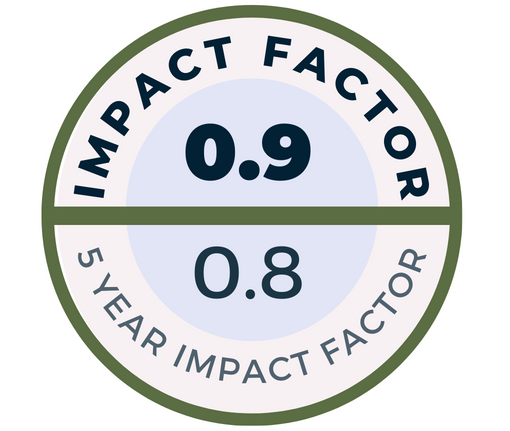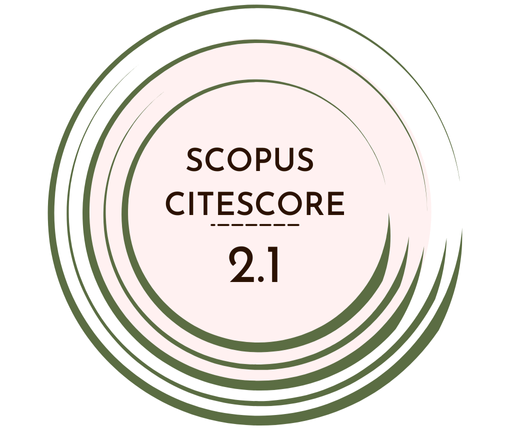Controlling variable speed wind turbines during transient state is challenging. The use of variable speed wind turbines based on permanent magnet synchronous generator (PMSG) is on the rise due to some of the features of the wind turbine. According to the grid code requirements, grid connected wind turbine systems should achieve active power control and provide low voltage ride through (LVRT) capability. Thus, the primary target of the wind turbine control system is to keep the turbine connected to the grid during grid disturbances or failures. In this article, the Series Dynamic Braking Resistor (SDBR), and the Bridge fault current limiter (BFCL) were used to improve the LVRT of PMSG wind turbines. The topology of the PMSG grid side voltage source converter, with the SDBR and BFCL, was modeled during steady and transient states. The performance of both schemes on the PMSG was analyzed and compared during severe balanced fault scenario. In addition, a scenario without any of the schemes was also considered. For fair comparison, the PMSG wind turbine was operating at its rated speed during the low voltage and the same conditions of operation were used for all the considered scenarios. The study was done using Power System Computer Aided Design and Electromagnetic Transient Including DC.
Cite this article as: K. E. Okedu, “Investigating permanent magnet synchronous generator wind turbine performance during low voltage using series and bridge type fault current limiters,” Electrica, 23(2), 212-221, 2023.





